Looking at the Papageno Effect
A recent review carried out in Spain points out again the importance of the media in saving lives.
In contrast to early studies that claimed that suicidal behavior imitation through the media was possible (Werther Effect), there is more recent work that highlights its benefits for prevention and promotion of life for both suicidal ideation and suicide attempts (Papageno Effect).
The Papageno Effect, first known in 2010 thanks to Niederkrotenthaler and colleagues, gained importance when it was shown in subsequent research to be useful for the prevention of suicidal behavior through stories, readings, videos, games, and internet platforms. In this case, it would be interesting to highlight the narratives (by an expert or a person with a history of self-improvement , fictional or real) whose content is supervised and supported by mental health professionals.
Moreover, as shown by the review conducted by Lucía Santonja, these activities appear to be safe to apply both in the general population, as well as in a more specific and vulnerable one, and can even be used as support in other types of therapies as long as suicidal behavior is treated as an unbiased fact, and not as an achievement, the effect of an illness or the solution to an adverse context.
It is important that these interventions, which are carried out from a suicide prevention and life promotion perspective, are of a repetitive nature, endorsed by professionals and reach community resources and help lines to which they can turn to.
Promoting the Papageno Effect and deepening on it, with the aim of reducing the dizzying figure of 4,003 suicides in 2022, allows us to think of a more hopeful future.
Paper: Santoja-Ayuso, L. (2022). El efecto Papageno: una revisión de alcance. Revista española de enfermería de salud mental, 17, 30-41.

